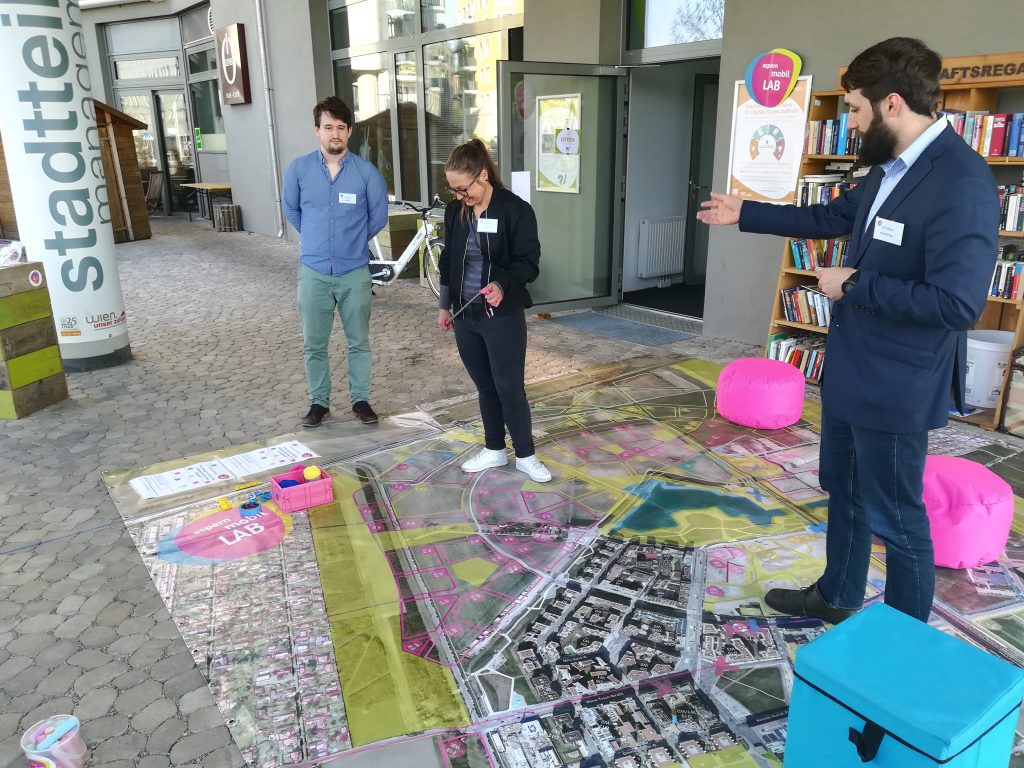The future of getting from A to B: digitalization, data and trust

Digitalization means a representation of reality in the form of data. Roads, lanes, traffic signals, signs, other vehicles, pedestrians, construction and more are all required to construct that reality — and it enables the future of transportation.
Look around the news, especially in the areas of the economy, and you will undoubtedly notice that we’re shifting toward an autonomous age. One area where autonomy is quickly taking hold is the sector of public transportation, where autonomy promises to bring cheaper, more efficient and more reliable service to the masses.
If we get on the road that leads to that future, it is necessary to be thoughtful in examining its aspects. A city can’t simply make trains and buses drive themselves, and hope the rest works out. Rather, we need to have a holistic look at what are the values that automation brings, what’s required to enable it, and what the problem issues we should anticipate along the way.
This is why events such as TRA Vienna are important. They give public authorities, transportation infrastructure managers, research institutions and other industry players an understanding of where transport technology is moving towards and who the drivers are.

So, back to Digitalization – the data that creates the picture of the world that can be read and understood by automated devices. Creating automated services that safely work and operate in public areas requires a massive amount of data. One of the things that blocks the efficient collection of that data is trust.
City planners, transit authorities and the rest lack trustworthy digital infrastructures. They don’t have enough data to ensure safety, so they need to gather that data from multiple sources.
Those sources could include the consumer public, but the public must have trust that the infrastructure is managing their data responsibly. Private companies that collect location data don’t trust that their information will be turned back on them in the competitive market. Even different city infrastructures hold back information from one another, not trusting that it will be used properly.
All of these elements need to be defragmented and brought together in a way that instills confidence in its contributors, assures privacy, that is innately secure and has clear accountability. That collaborative solution is what we’re building in the Open Location Platform. But, let’s move forward and consider the data.
Millions of terabytes from disparate sources will need to be analyzed – and the vast majority of that data will be dynamic, rather than static. Static data is easier since the objects in the environment we identify as static don’t need constant updates. The core roadmap itself, the distance between curbs changes very infrequently. The same goes for road signs, lane markers and traffic signals.
The dynamic data enables efficiency and safety – in the form of traffic information, road conditions, position of other vehicles, where construction is taking place, dynamic speed limits, crowded subway platforms and bus stops, and other activities that can’t be predicted. Those activities equate billions of data points – and all those data points can be used to make the picture as a whole better.
The picture of the world used by machines will come from contextualizing all of those various data points – and an ideal place to put digitalization to use will be in public transport No other public service demands efficiency, safety and accountability like mass transit systems.
As we continue adding inputs to the Reality Index, and making contextualized information available in the HERE Open Location Platform, we’re setting the fundament for digitalization in transport and its related necessary collaboration.
What new world of possibilities do you think transportation automation opens up?
Have your say
Sign up for our newsletter
Why sign up:
- Latest offers and discounts
- Tailored content delivered weekly
- Exclusive events
- One click to unsubscribe


